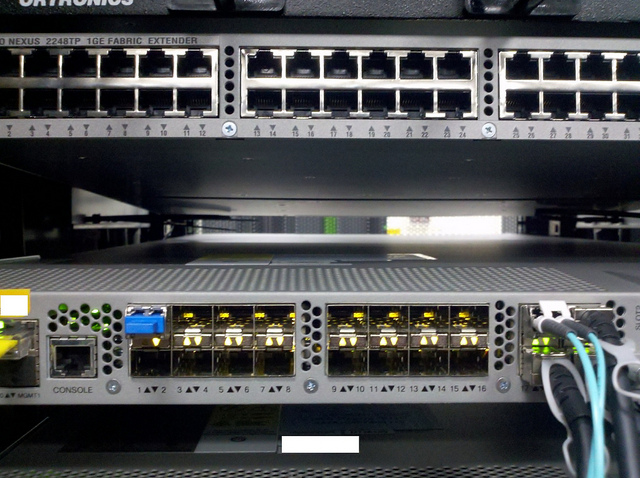iOS 7 downloads consumed 20 percent of an ISP’s traffic on release day

When Apple released iOS 7 to the world at 1pm ET on Sept. 18, legions of iPhone and iPad owners immediately downloaded the new operating system. That’s no surprise, but statistics released today illustrate just how much of an impact the mobile OS had on Internet traffic.
At one unnamed North American fixed Internet provider, “Apple Updates immediately became almost 20 percent of total network traffic and continued to stay above 15 percent of total traffic into the evening peak hours,” according to Sandvine’s Global Internet Phenomena Report for the second half of 2013. Sandvine makes equipment that helps consumer broadband providers manage network congestion.
Over-the-air update sizes were 760MB for the iPhone 5, 900MB for the iPad 2, and 729MB for the Apple TV, the report says. Updates downloaded on desktops through iTunes were 1.2GB for the iPhone and 1.4GB for the iPad.
Read 11 remaining paragraphs | Comments
![]()






